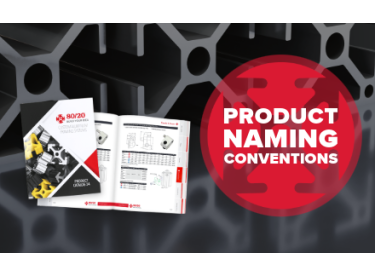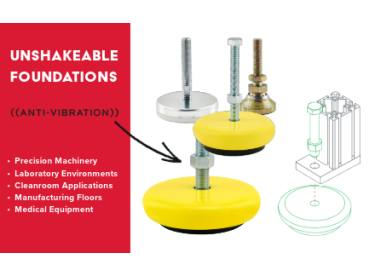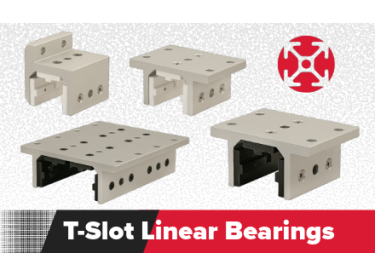Lean Workstation Builds with T-Slot Profiles
Lean manufacturing (or lean production) is an ideology based on maximizing productivity while minimizing waste. It's a simple idea in theory, but one that many manufacturers are still struggling to master.
Building a Better Workstation
One of the building blocks of lean manufacturing is "pull production," where downstream stations (such as assembly) signal their needs to upstream stations (such as material handling). This same principle applies to a lean workstation: operators pull parts and access tools when and where they need them.
To this end, lean workstations incorporate several elements into their design that set them apart from more traditional workstation builds.
No Wasted Motion
Lean workstations are designed to reduce time and effort on the part of the operator. This means a setup that requires no excessive twisting or turning, no reaching or bending over, and no unnecessary walking. With a proper lean workstation, the operator's every movement should serve a purpose.


Takt-Time Centered
Takt time is the amount of time a manufacturer has, per unit, to produce enough goods to fulfill customer demand. Essentially, takt time is the heartbeat of a manufacturing business. With this in mind, lean workstations need to be integrated into the overall flow of the manufacturing process. Operators need to be able to work at an optimal speed to avoid causing a bottleneck between their upstream and downstream counterparts.
Vertical Build
In a traditional workstation, tools and parts are spread out across the work surface without much organization. However, a lean workstation has a more vertical presentation to bring the tools and parts closer to the operator. Not only does this reduce space, but it reduces the time spent looking for materials.


Flexible
A lean workstation needs to be adaptable, not just to individual operators, but to changing tasks and processes within the manufacturing process. Aside from increasing productivity, a lean workstation needs to provide ongoing agility and flexibility for the engineers responsible for defining the assembly processes.
80/20 T-Slot Solutions for Lean Workstations
When it comes to designing and building a lean workstation, 80/20's extruded aluminum profiles can provide you with the customization you need. From integrated storage bins to light fixtures to pivot joint arms to lift systems (electric and manual), 80/20 has plenty of easy-to-implement workstation solutions.




Want to learn more about T-slot solutions for custom workstations? Visit the 80/20 Bookshelf to download our How to Design Lean Workstations whitepaper and our Custom Workstations infographic.




